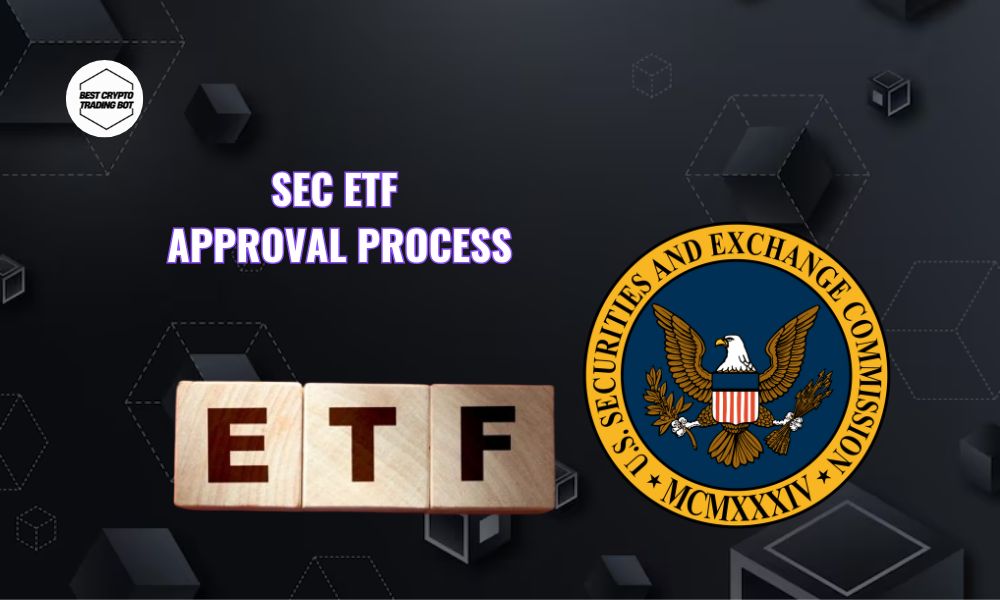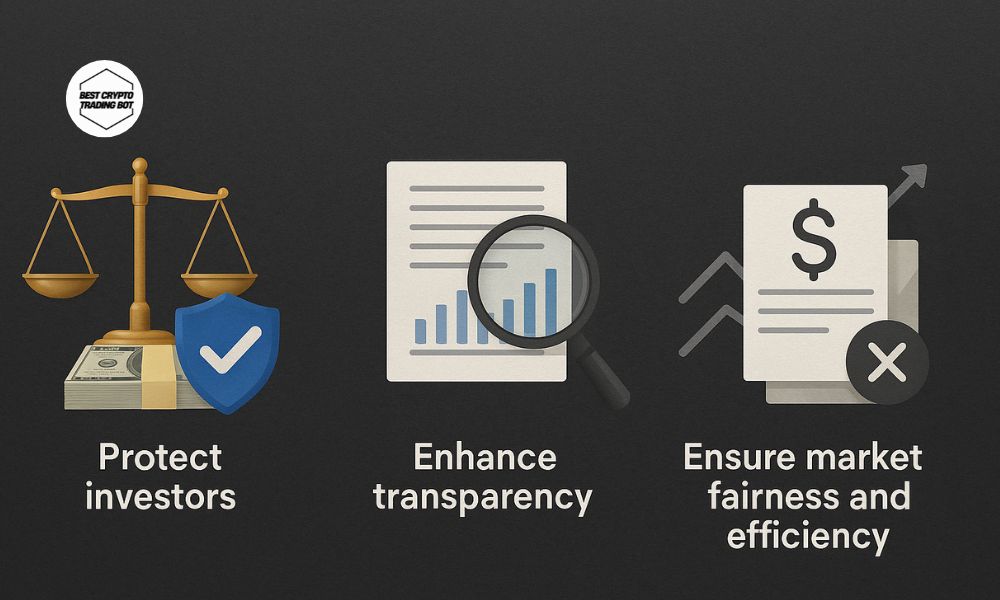
The SEC ETF approval process: Key steps
The SEC ETF approval process (U.S. Securities and Exchange Commission) is a mandatory and rigorous step determining whether an exchange-traded fund (ETF) can launch on the market. As ETFs become increasingly popular, this vital procedure ensures transparency, protects investors, and upholds the stability of the financial markets.
Contents
What is the SEC and its role in ETF approval?
The SEC, short for the U.S. Securities and Exchange Commission, is an independent agency of the U.S. federal government. Its primary mission is to protect investors, maintain fair, orderly, and efficient markets, and facilitate capital formation.
For ETFs, the SEC acts as a gatekeeper, ensuring these funds comply with securities laws, provide full and accurate information to investors, and that their structure does not pose undue risk to the market. The SEC ETF approval process is designed to screen and permit only quality, transparent financial products to reach the public.
Key steps in the SEC ETF approval process
Based on common practice and guidelines, the SEC ETF approval process typically involves the following critical stages:
Sstep 1: Concept paper submission:
This initial step involves the ETF issuer submitting a preliminary concept paper to the SEC. This paper typically outlines the proposed ETF’s investment strategy, underlying assets, operational mechanisms, fee structure, and other pertinent details. The purpose is for the SEC to get an initial view of the product and provide early feedback, helping the issuer better shape the formal application.
Step 2: Registration statement filing:
Upon receiving positive feedback (or no significant objections) on the concept paper, the issuer proceeds to file a formal registration statement. This document, often Form N-1A (for open-end investment companies) or similar forms, contains extremely detailed information about the fund, including:
- Specific investment objectives and strategies.
- Risks associated with investing in the fund.
- Information about the fund management team, index provider (if any), and custodian.
- Details on fees and operating expenses.
- Financial aspects and legal structure of the fund.
This is a critical legal document that forms the basis for the SEC’s review.
Step 3: SEC review
This is the most crucial and often time-consuming stage of the entire SEC ETF approval process. SEC staff, primarily from the Division of Investment Management, meticulously review the registration statement. They assess:
- Compliance with current securities laws and regulations (e.g., the Investment Company Act of 1940).
- The completeness and accuracy of the disclosed information.
- The level of risk the fund might pose to investors and the market.
- The clarity of the prospectus.
This process can involve multiple rounds of back-and-forth communication. The SEC may request clarification, additional documentation, or adjustments to certain aspects of the fund. The issuer must address these comments and amend the filing until the SEC is satisfied.
Step 4: Disclosure requirements:
One of the pillars of the SEC ETF approval process is ensuring transparency. The SEC mandates that ETF issuers disclose all essential information clearly and comprehensibly to investors. This includes:
- The fund’s holdings (often updated daily).
- Fees and the total expense ratio (TER).
- Potential risks associated with investing in the fund.
- Historical performance (if the fund has been operational).
The prospectus is the most important disclosure document, and investors should read it carefully before making investment decisions.
Step 5: Approval or isapproval:
After completing the thorough review and investigation, the SEC makes its final decision: to approve or disapprove the ETF registration.
- If approved: The ETF is declared “effective” and can begin listing and trading on stock exchanges. The issuer can then proceed with marketing activities and capital raising.
- If disapproved: The SEC will state its reasons. The issuer may choose to amend the filing and resubmit, or abandon plans to launch that particular ETF.
The importance of the approval process
The SEC ETF approval process plays an extremely vital role in maintaining a healthy financial market. It helps to:
Protect investors: By requiring full disclosure and ensuring funds operate according to regulations, the SEC helps mitigate risks for investors.
Enhance transparency: Detailed disclosure requirements help investors better understand the products they are investing in.
Ensure market fairness and efficiency: Screening financial products helps prevent fraudulent activities or overly complex, high-risk products.
Although the process can be lengthy and complex, it is a necessary step to build trust and stability in the ever-growing ETF market.
In conclusion, the SEC ETF approval process is fundamental to safeguarding investors and ensuring market integrity, demanding meticulous preparation from issuers. Understanding this complex journey empowers all participants to make more informed decisions. For continued financial insights and in-depth analyses on crucial topics like this, keep following Best Crypto Trading Bot regularly!




